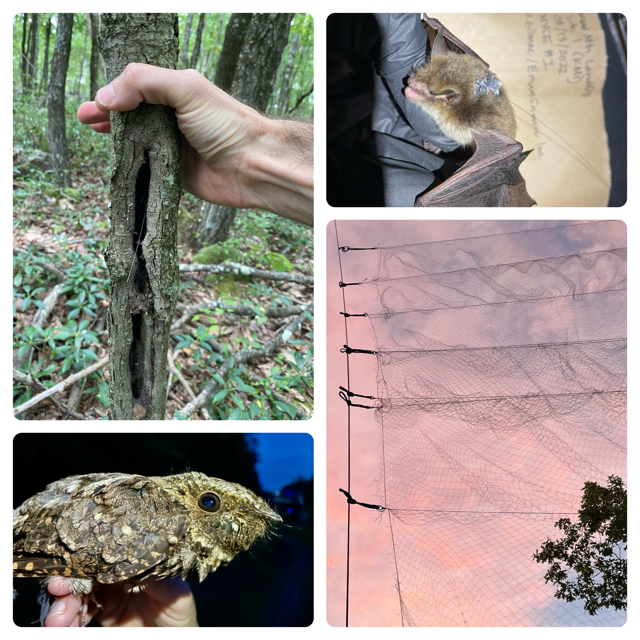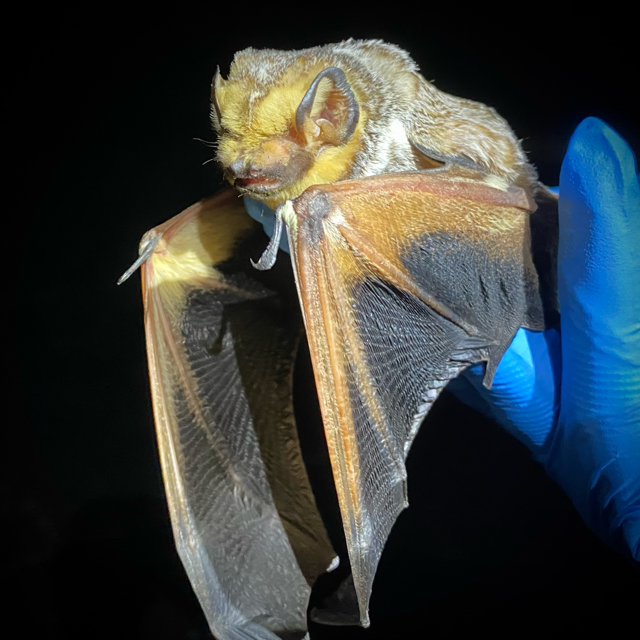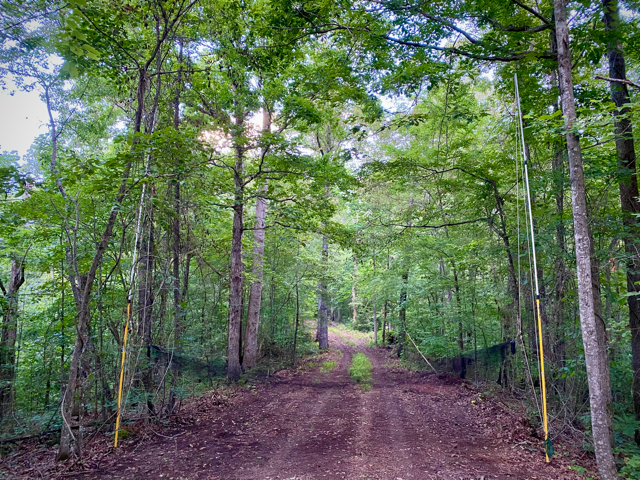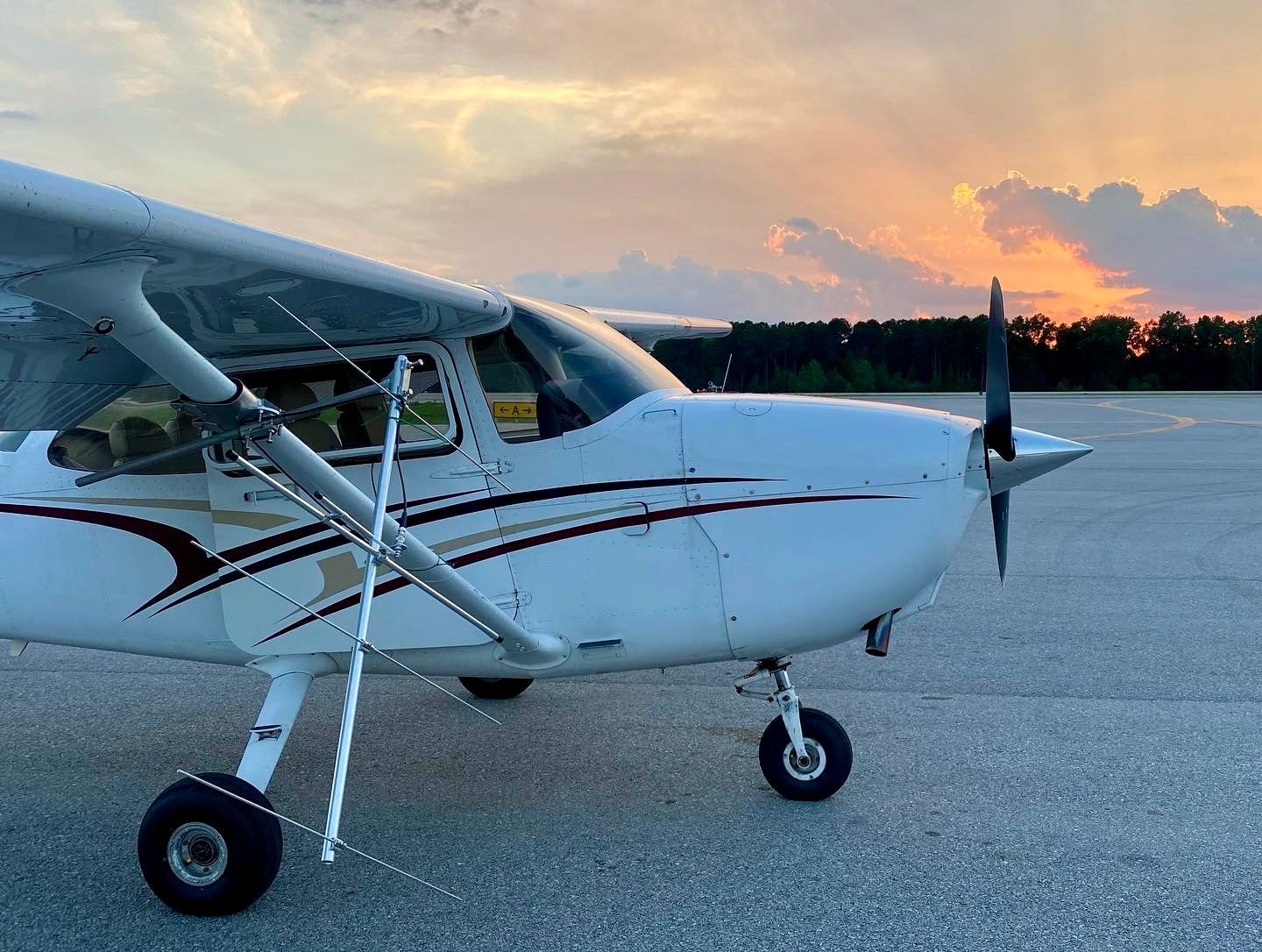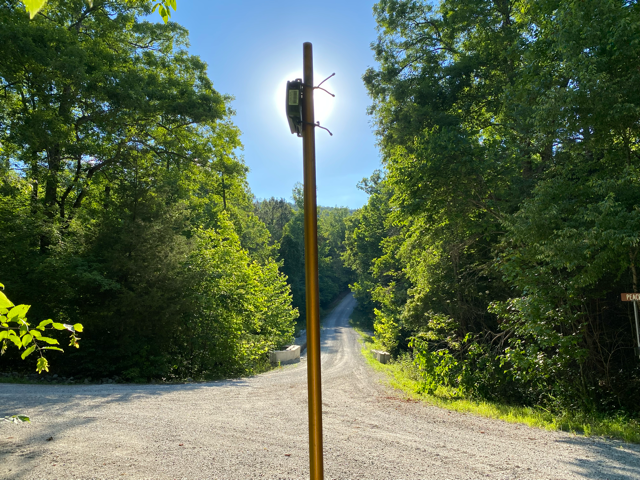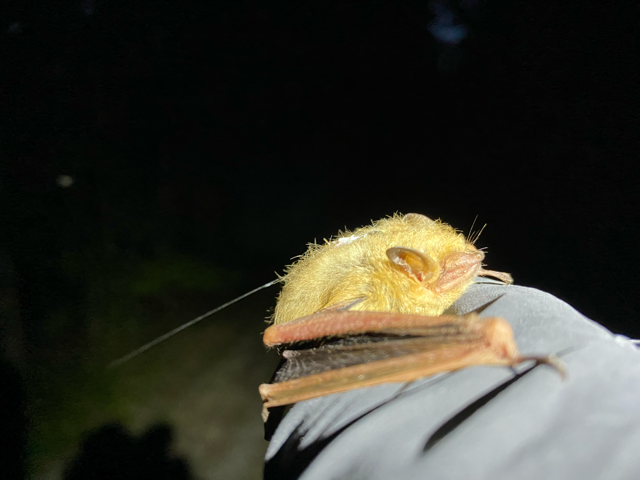Science in Motion.
Bat Surveys
Volant EcoServices delivers comprehensive bat survey services that support regulatory compliance and conservation planning. From large-scale infrastructure to site-specific impact assessments, we provide clients with the data and documentation needed to meet permitting requirements and make informed project decisions.
Our team conducts mist-net surveys to safely capture and identify bat species, and acoustic surveys to detect bat activity across project areas. All call data is manually vetted by federally permitted biologists to ensure accurate species identification—critical for Endangered Species Act compliance. For projects involving Section 7 consultation, we offer technical support and agency coordination to move permitting forward efficiently.
Additional services include radio telemetry to track roosting and foraging behaviors, habitat assessments to identify roost trees and hibernacula, and emergence surveys to identify roosts and monitor population activity. We also conduct species inventories to support habitat planning, mitigation, and conservation strategies.
With decades of experience in bat biology, regulatory processes, and field ecology, Volant provides the expertise and reporting clients need to stay compliant and avoid delays.
Mist-Net Surveys
Mist-netting is a standard method for capturing bats to confirm species presence/probable absence. Our federally-permitted biologists strategically deploy nets near foraging areas, water sources, or travel corridors to maximize effectiveness. Captured bats are identified, measured, and safely released, with all data collected in accordance with agency protocols.
Acoustic Surveys
Acoustic surveys use ultrasonic detectors to record bat calls, providing a non-invasive method for monitoring bat activity over time. These surveys are especially useful in areas where netting is impractical or for documenting species richness and activity patterns.
Section 7 Consultation
We support clients through the Section 7 consultation process under the Endangered Species Act. Our team provides the required documentation and survey data to assist in evaluating potential impacts on federally listed bat species, helping projects remain compliant while meeting their goals.
Radio Telemetry
Radio telemetry helps identify day roosts, movement patterns, and habitat use of individual bats within project areas. By attaching small transmitters to captured bats, our team can track their activity across the landscape, providing valuable information for development projects, conservation planning, and habitat management.
Habitat Assessments
Our habitat assessments evaluate the suitability of landscapes for supporting bats, focusing on features like tree cavities, exfoliating bark, cliffs, and structures. We assess potential roosting, foraging, commuting, and hibernating habitats to inform permitting decisions and conservation strategies.
Emergence Surveys
Emergence surveys are conducted at dusk to observe bats as they exit roosts and to identify potential roost trees. These surveys help determine occupancy, roost size, and timing of activity, providing key insights into bat use within project areas.
Potential Roost Tree Surveys
We identify and document potential roost trees based on structure, condition, and environmental context. This includes dead or declining trees, those with cavities, peeling bark, or other features that may support roosting bats.
Acoustic Data Analysis
Our federally-permitted biologists are proficient with both auto-identification software and manually vetting acoustic call files to ensure the highest level of accuracy in species identification.
Several members of our team have completed advanced acoustic training workshops, equipping them to distinguish between species with similar calls and reduce false positives.
Species Inventories
Species inventories provide a comprehensive list of bat species present within a given area. These inventories support long-term ecological monitoring, conservation planning, and compliance with state and federal regulations.


